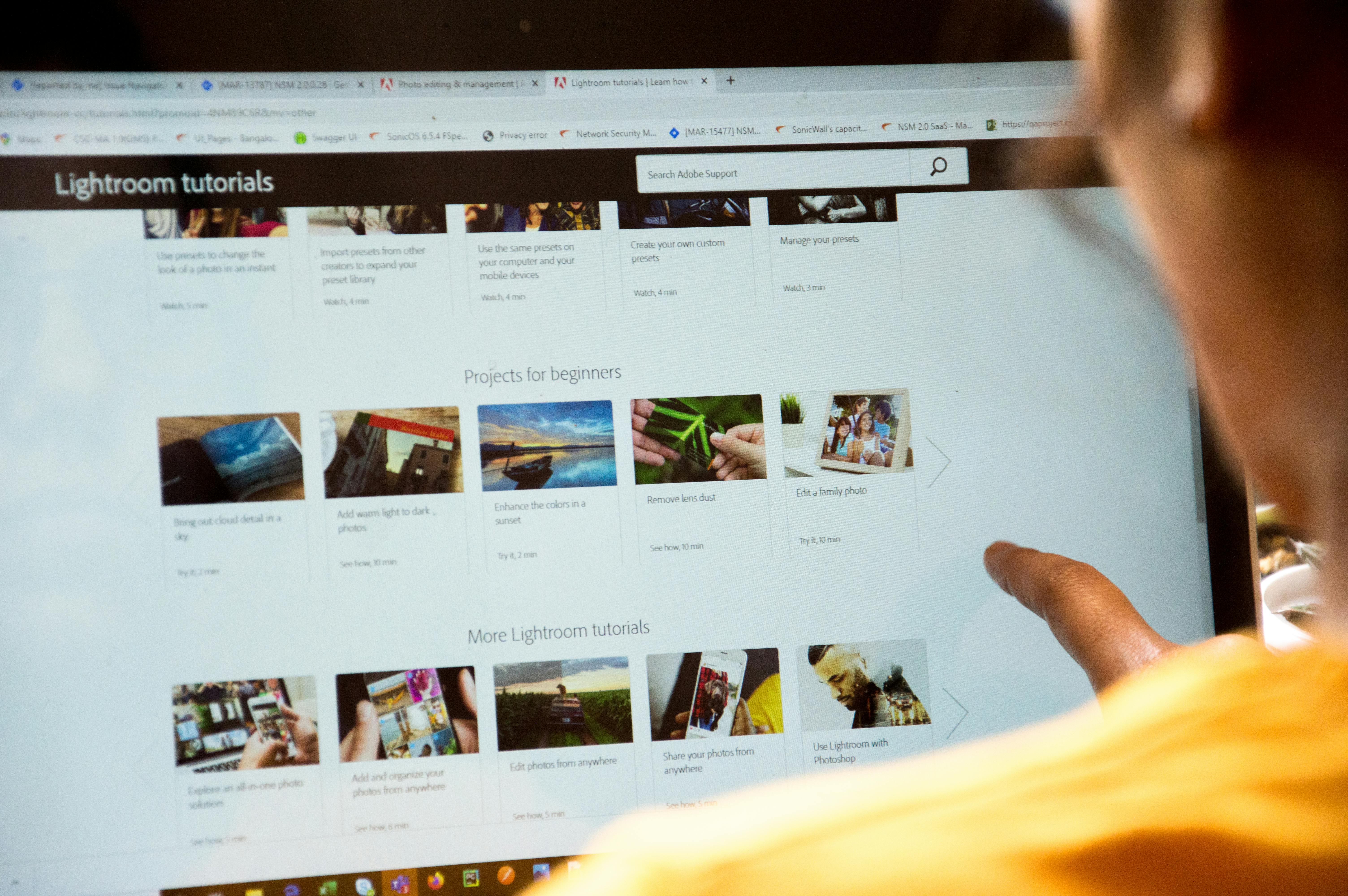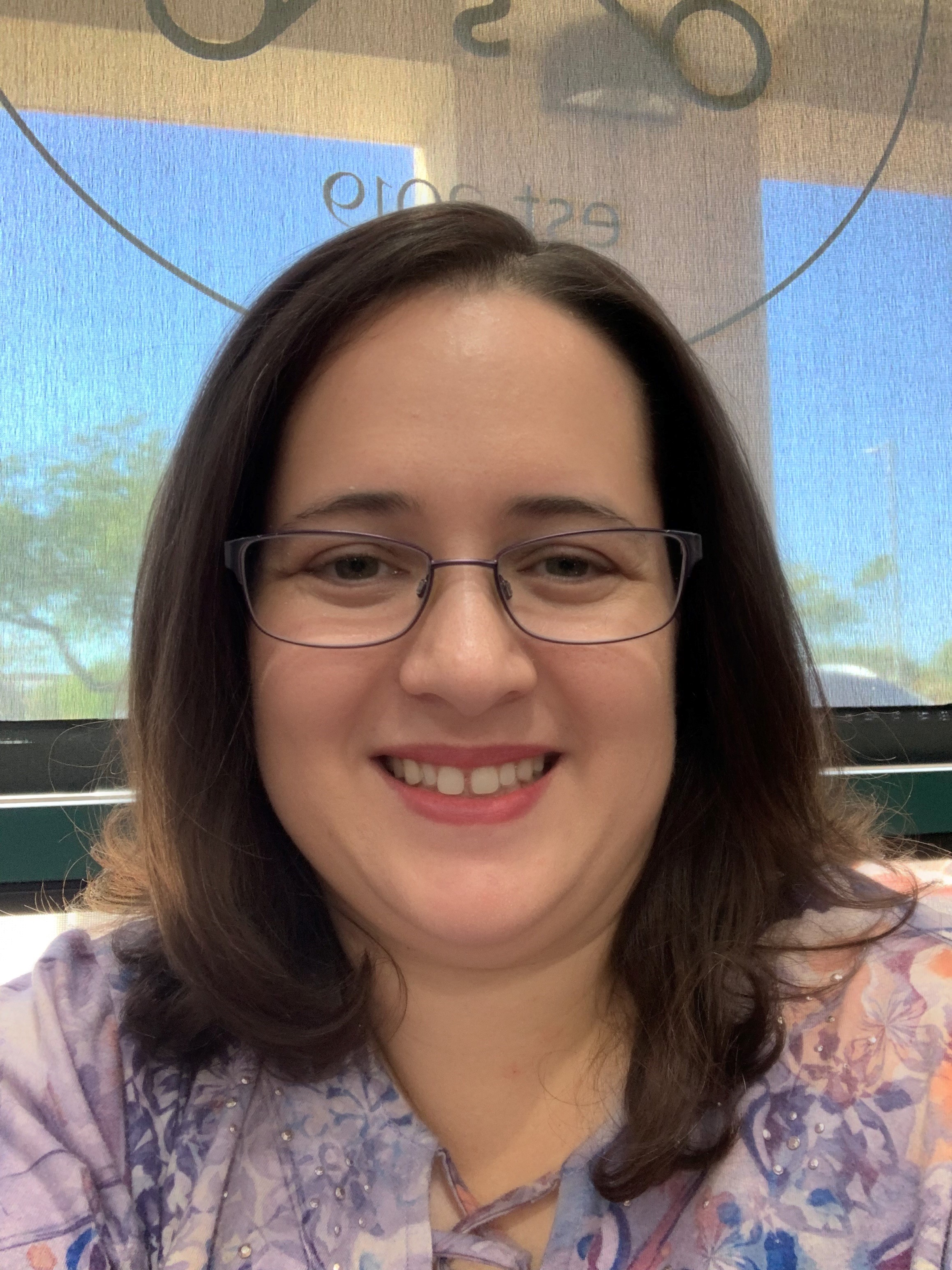Building Student-Centered Online Courses with Shannon Boyer

In episode 49 of the Designing with Love podcast, Jackie Pelegrin interviewed Shannon Boyer, an award-winning educator, curriculum strategist, and entrepreneur who specializes in helping purpose-driven entrepreneurs create effective online courses. Shannon brings over 17 years of experience from her work at a college where she developed innovative programming and led teams responsible for instructor support, curriculum development, and student success.
Shannon's business focuses on helping entrepreneurs who want to share their expertise through high-quality online courses. She emphasizes that there's nothing passive about education, challenging the pervasive online message that passive income through courses requires minimal effort. Instead, Shannon advocates for "high touch, high quality, high impact" courses that prioritize student results. This student-centered approach has been central to her success throughout her career, stemming from her early work at a nonprofit where every decision was framed through the lens of "what's in the best interest of the client."
One of the biggest mistakes Shannon sees course creators make is believing that creating an online course is fast and easy. She explains that sitting down to create slides or presentations should only happen after approximately 50% of the work is already complete. Many entrepreneurs struggle with course creation because they've been sold the idea that it's simple, which leads to frustration when they discover the complexity involved. Shannon stresses the importance of using established frameworks and processes to guide curriculum development, providing both structure and confidence for course creators.
Another common mistake is skipping guided practice and explicit implementation steps. Shannon references the "I do, We do, You do" gradual release of responsibility model, noting that many course creators mistakenly cut what they perceive as "fluff" but actually remove critical components of effective instruction. She emphasizes that instructors shouldn't assume students know what to do with information or that they'll automatically apply it—explicit direction and facilitation are necessary for learning transfer.
When transitioning from one-on-one coaching to group-based courses, Shannon recommends maintaining a live component to preserve the human connection. She shares a personal experience taking an online Facebook ads course that lacked feedback opportunities, which left her without the confidence to implement what she'd learned. Shannon argues that even though many course creators enter the online space seeking freedom and flexibility, they shouldn't sacrifice student needs for their own preferences. The personal touch, feedback, and interaction remain critical components of effective education.
In discussing AI tools for course creation, Shannon reveals she's created custom GPTs for her business: "Chester the Course Creator" and "Lester the Lesson Planner." She views these tools as aids that help mix instructor expertise with subject matter knowledge, similar to a DJ's mixing table. Shannon is careful to ensure these tools require human input and critical thinking rather than allowing AI to replace the unique perspective and experience an instructor brings. She warns against using AI to generate courses without the expertise to evaluate and refine the output, as this results in generic, potentially inaccurate content.
For aspiring instructional designers and course creators, Shannon advises keeping options open and developing a signature style or "secret sauce." While frameworks and models provide necessary structure, particularly for beginners, personal flair and unique perspective remain valuable differentiators in an increasingly AI-driven landscape. As Shannon puts it, "Find ways to really keep that uniqueness... it's really critical." This balance—between standardization for quality and space for creativity—benefits both students and instructors, providing the human element that makes learning meaningful.
🔗 Website and Social Links
Please visit Shannon’s website for more information.
🆓 Free Resource: 7 Things Your Online Course MUST Include to Max Student Referrals
This free guide includes a checklist of 7 (plus one bonus) attributes every online course MUST include in order to maximize student completion rates and subsequent referrals. It also includes a detailed description of each of these attributes so that readers can not only evaluate their own course but also apply the learning to the creation of their next course.
Photo by Ravi Kant: https://www.pexels.com/photo/person-using-laptop-4531875/



